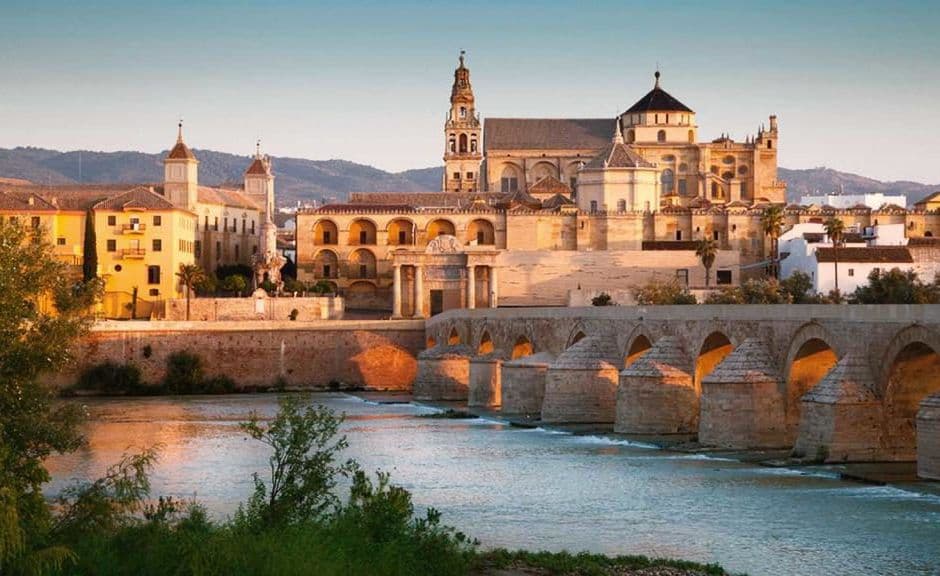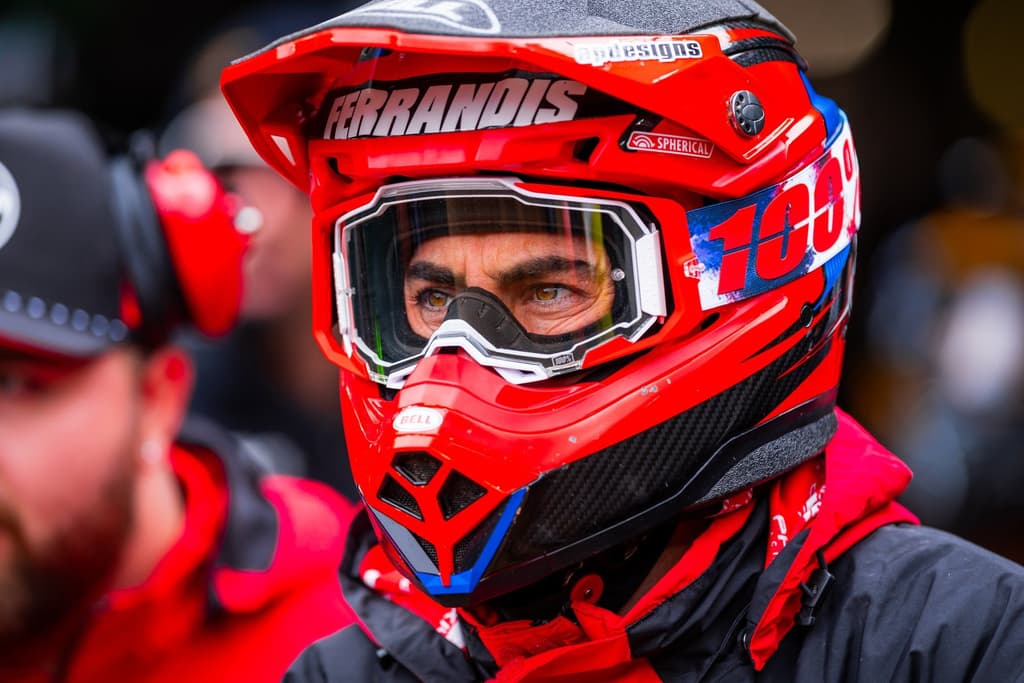MXGP Opener - Argentina
While we don’t head to the beautiful little village of Villa La Angostura for the MXGP of Patagonia, we do visit the large city of Cordoba and as always, the crowds will come and there will be a huge celebration as we always find in this beautiful country.
What makes this trip is what awaits as at the circuit, a brand-new circuit build especially for this opening round of 2025 season. Two legends of the sport, Tim Gajser and Jeffrey Herlings will be trying to start their seasons with victory as either has the chance to become the third most successful Grand Prix rider in the sports history.
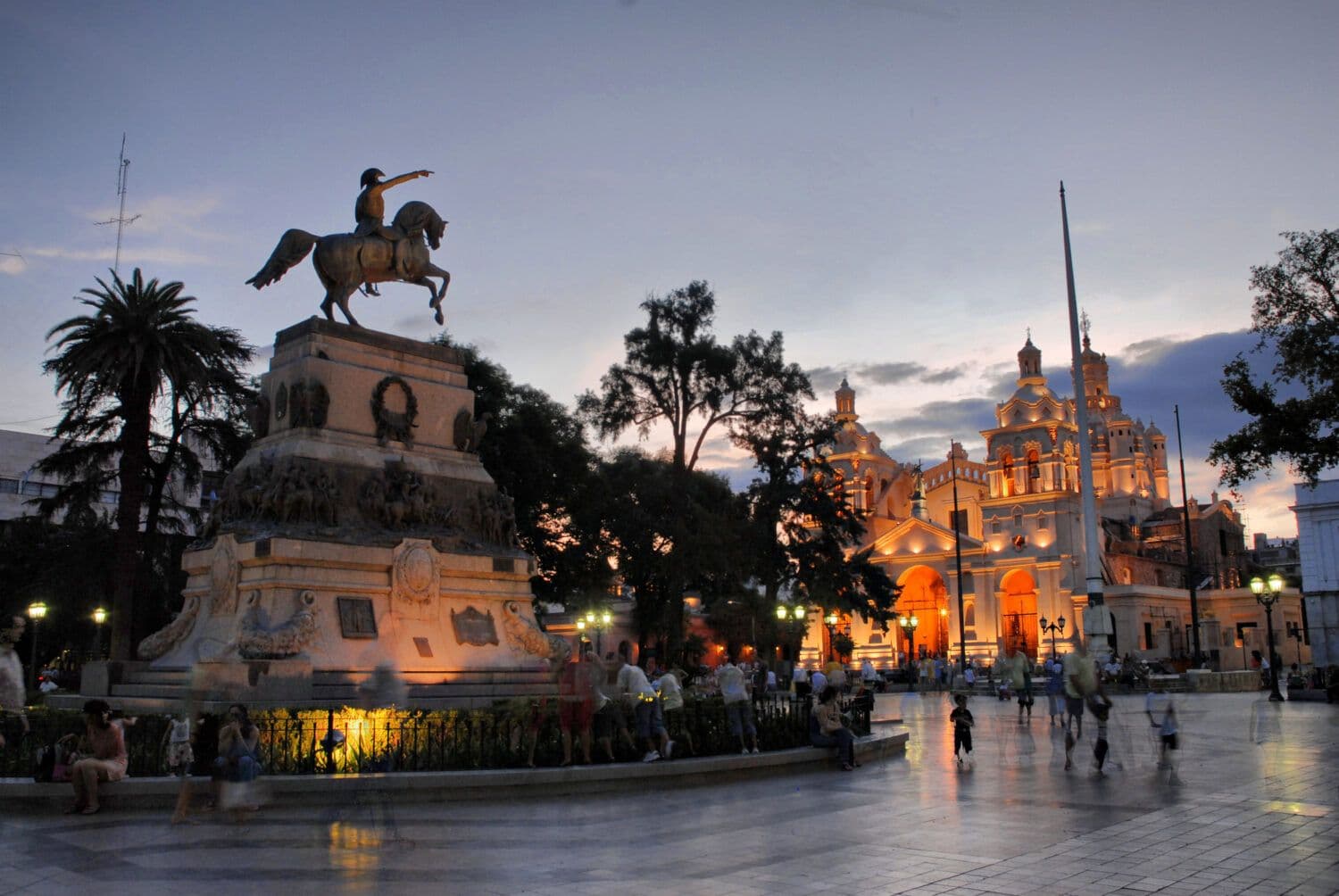
As we speak, only Stefan Everts (10 titles and 101 GP wins), Antonio Cairoli (9 titles and 94 GP wins) and Joel Robert (6 titles and 50 GP wins) are ahead of them and for me, I want to see one of these two amazing talents move into that third place. Obviously, both have five World titles, Herlings has 107 GP wins and Gajser 49 GP wins and no doubt, whoever gets the sixth World title, will also add a bunch of GP victories.
But let’s not forget, Motocross is a sport that can take you to the highest of highs and the lowest of lows, as both Gajser and Herlings know. Both riders have lost titles due to injury and both have lost titles by a handful of points, Herlings in 2014 and Gajser in 2021 and 2024.
Let us not forget, the others, Romain Febvre, Jeremy Seewer, Calvin Vlaanderen, Maxime Renaux, Jago Geerts, Pauls Jonass, Ruben Fernandez, and of course, the rookie, Lucas Coenen. A long list of possible contenders.
Seewer will be on the Ducati, which is exciting and with around 30 factory riders in 2025, we can all expect big action in both MXGP and MX2.
MXGP Argentina lives a new era in Córdoba Capital on March 1 and 2 and you can buy your Tickets Here.
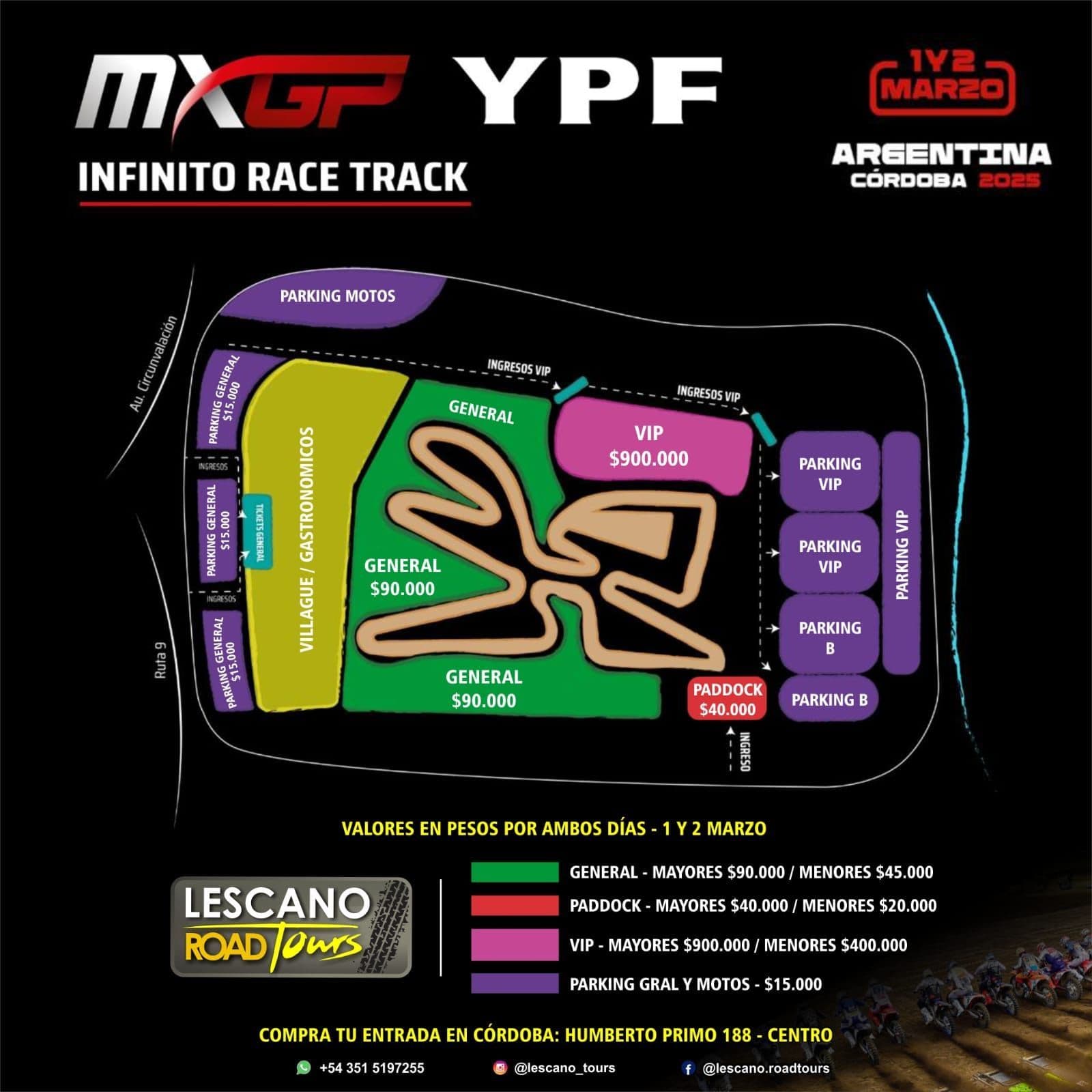
The new Infinito Race Track, located in the Infinito Open complex, will host this international event that will be the opening of the 2025 season where Argentina will host the only World Championship event in the American continent.
In this first instance, general admission tickets will be available for purchase ($90,000 Argentinean pesos. Children between 4 and 12 years old, $45,000 pesos). These tickets, valid for both days of the competition, will give the public the chance to see some of the best views of the new track in one of the best motorcycling sporting spectacles on the planet.
As in previous editions, general admission tickets also give spectators the chance to visit the Village, the meeting point where the best stands and gastronomic services are placed.
General admission tickets are an excellent alternative for those who wish to experience for the first time the excitement of a World Cup competition for a whole weekend. They offer an opportunity to enjoy the atmosphere and adrenaline of motocross in a unique environment. Undoubtedly, an experience that will not disappoint any fan.
In turn, over the years, the MXGP Argentina has forged an unbreakable bond with a loyal audience that has been enjoying the event edition after edition. In fact, this event has become a tradition to enjoy among friends, and in this first instance of ticket sales, there will be an ideal offer for them: The 4×3 Group Pack. This benefit will allow the purchase of four general admission tickets for the price of three, making it a perfect option for motocross fans at a very affordable price.
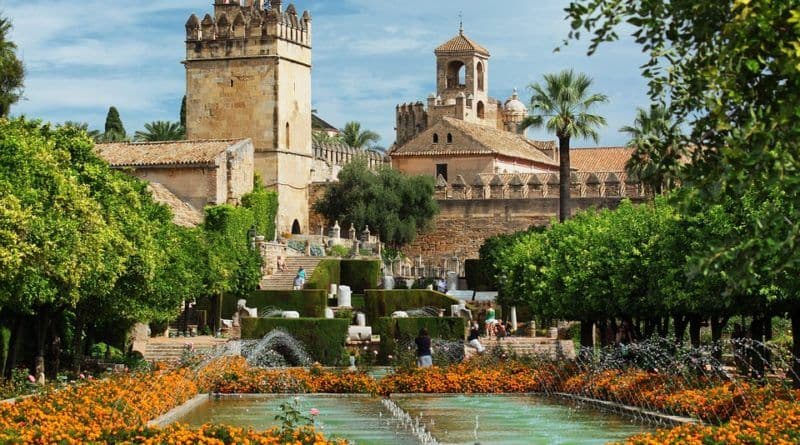
New venue, new opportunities. In this renewed edition of the MXGP in Argentina, fans will be able to purchase in advance Paddock tickets ($40.000 Argentinean pesos. Children between 4 and 12 years old, $20.000 pesos) through Paseshow.
Paddock tickets are additional tickets to the general admission tickets, which give spectators the possibility to access the exclusive working area of the teams to see the bikes and riders closely.
Likewise, and thanks to the immensity of the Infinito Open complex that will host the competition, the public that will attend the race will also be able to purchase in advance their places for the exclusive parking lots of the track.
The City Of Cordoba
Argentina’s second largest city Córdoba is a colorful blend of commerce and colleges. Córdoba is located close to Argentina’s geographical center in the Sierras Chicas foothills at the base of the Andes and is regarded as the “Heartland of Argentina.” The city seems like a tasteless functional urban centre of modern high-rises and enclosed balconies but, don’t be deluded by this. Under it all is a fresh, vivacious metropolis with a great deal off heritage, large bars, elegant restaurants, and enough students who are bent on having a wonderful time.
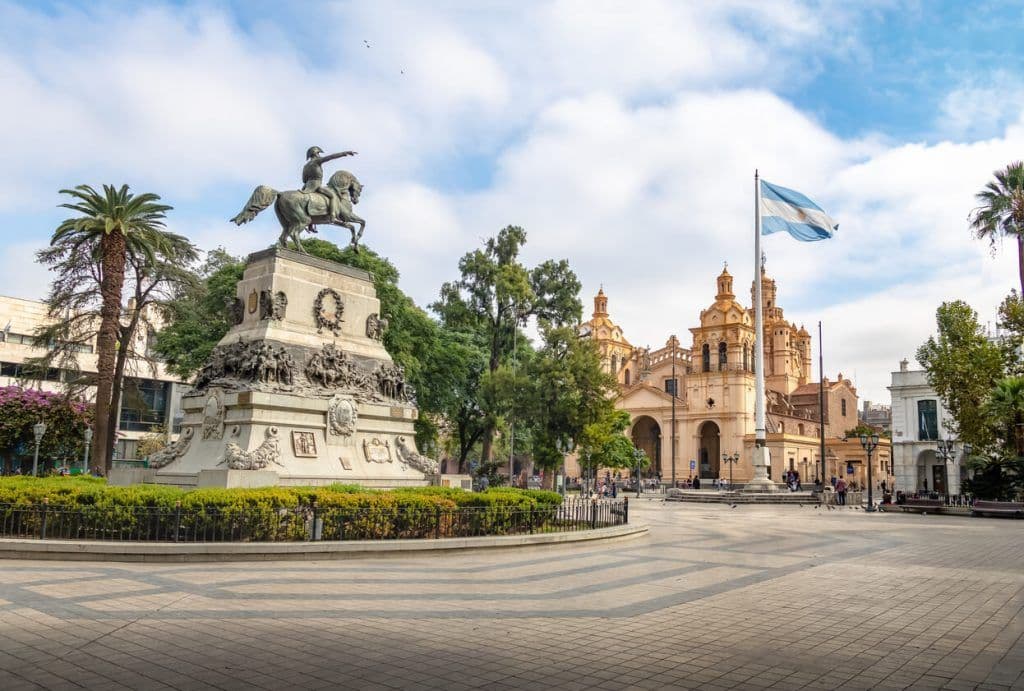
Córdoba was established before Buenos Aires by Jerónimo Luis de Cabrera and was one of the first Spanish colonial capitals of the region as well as Argentina’s first capital. The city of about 1.3 million residents was first built as a stop for Spaniards who were moving between the Atlantic coast and Peru. The city’s history dates back to the time when Luís de Cabrera first settled here in 1573 and the 17th and 18th century stone buildings that line the cobbled streets at Plaza San Martín is evidence of the city’s rich history. Córdoba’s dense Centro Histórico also has Argentina’s highest concentration of colonial buildings.
For over two hundred years Córdoba was the Argentinean’s cultural and intellectual heart and when they built the city’s national university, the city was nicknamed “La Docta” which translates to “the Learned.” The city still remains an intellectual hub, which is getting more and more popular with foreign students who want to study outside the capital.
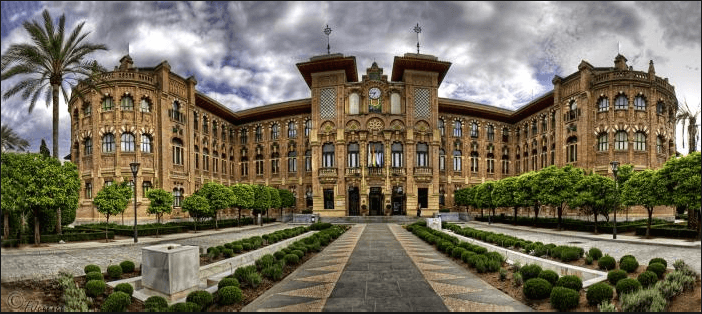
Some of Córdoba’s most notable historical sites are around the Plaza San Martín. These include the 17th century Cabildo (Town Hall), the Museo Historico Provincial, Marque de Sobremonte, the Romanesque Iglesia Cathedral and the 16th century Jesuit Iglesia de la Compania, the oldest surviving building. The cross-topped towers of Córdoba’s downtown churches are enough proof of the Jesuits influence on the city. The downtown area was their missionary center from their arrival until being forced out from the country. The Manzana Jesuítica (Jesuit Block) of 17th century buildings which includes a prestigious secondary school is a UNESCO World Heritage Site and is another symbol of their architectural presence.
Córdoba sure lives up to its name as ‘The Cultural Capital of the Americas,’ by filling its streets with cathedrals, museums, galleries, theatres, street fairs, festivals, cinemas and many bars and restaurants. Music and literature are foundations of Córdoba’s cultural affluence and the city is famous for its cuarteto style of singing. Córdoba is more than beautiful and due to its location, the city is an arena for many extreme sports and adventures. Activities which can be enjoyed include kayaking, rock climbing, hiking and even skydiving. And with the mixture of a colonial past and being a great base for exploration, Córdoba is one of Argentina’s unique and special places to visit.


